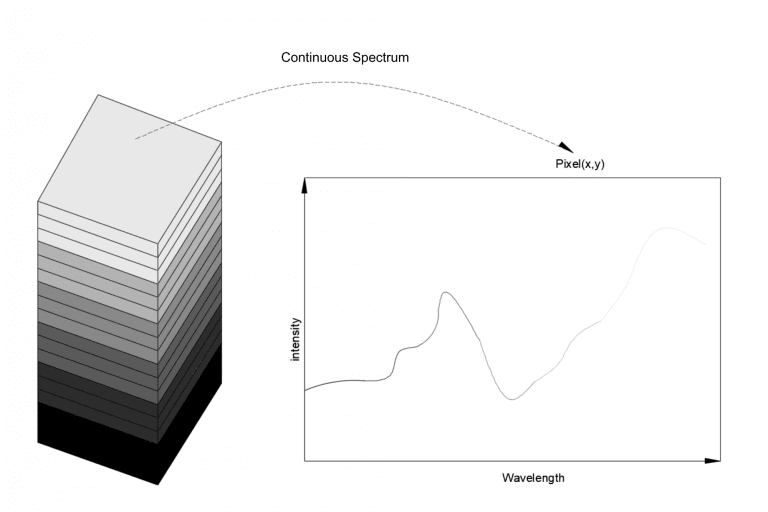Key Takeaways
- Multi-spectral and hyper-spectral imaging encompass different types of image data, each offering varying levels of spectral information.
- Multi-spectral imaging captures data in a limited number of discrete spectral bands, suitable for general remote sensing tasks.
- Hyper-spectral imaging captures data in hundreds or thousands of narrow spectral bands, providing detailed spectral information for specialized applications.
- Hyper-spectral imaging requires specialized instruments and offers higher spectral resolution compared to multi-spectral imaging.
Understanding Multi-spectral and Hyper-spectral Imaging Differences
Multi-spectral and hyper-spectral imaging are two distinct types of remote sensing or imaging data, each offering different levels of spectral information and applications. Here’s a breakdown of their differences:
Multi-Spectral Image Data:
Multi-spectral imaging captures data in a limited number of discrete spectral bands or channels, typically in the visible and a few near-infrared wavelengths. Key characteristics include:
- Limited Spectral Information: Multi-spectral images capture data in a limited number of discrete spectral bands or channels, typically in the visible and a few near-infrared wavelengths. Common examples include red, green, blue (RGB), and near-infrared (NIR) bands.
- Lower Spectral Resolution: Each band in multi-spectral data covers a range of wavelengths, resulting in lower spectral resolution. This means that the ability to distinguish between subtle spectral differences is limited.
- Broad Applications: Multi-spectral data is widely used in various applications, including agriculture, forestry, land use classification, and basic remote sensing tasks. It is suitable for tasks that require general land cover classification.
Hyper-Spectral Image Data:
Hyper-spectral imaging, on the other hand, captures data in hundreds or even thousands of narrow and contiguous spectral bands across a broad wavelength range. Key characteristics include:
- High Spectral Information: Hyper-spectral images offer detailed spectral information at a much finer resolution. They capture the spectral signature of materials with high precision.
- Narrow Spectral Bands: The narrow spectral bands allow for fine discrimination between materials and the identification of specific chemical compositions.
- Specialized Applications: Hyper-spectral data is used in specialized fields like mineral exploration, environmental monitoring, agriculture, and target detection in military and defense applications.


To acquire hyperspectral images, specialized instruments are needed. Here are the details of the instruments used to capture hyperspectral images:
- Hyper-Spectral Sensor: Hyper-spectral sensors are designed to capture data across a wide range of contiguous wavelengths with high spectral resolution. They use various technologies like prisms, gratings, or interferometers to disperse incoming light into its spectral components.
- Telescope or Optics: A telescope or optical system collects and focuses incoming light from the target onto the hyperspectral sensor. The quality of the optics is crucial for maintaining image quality and spectral accuracy.
- Data Acquisition System: A data acquisition system is responsible for collecting, storing, and processing the data received from the hyper-spectral sensor. This system often includes control electronics, data storage devices, and data processing software.
- Calibration Systems: Hyper-spectral instruments require frequent calibration to ensure the accuracy and reliability of the collected data. Calibration systems include light sources of known spectral characteristics and other calibration targets.
- Platform: Hyper-spectral instruments can be mounted on various platforms, including satellites, aircraft, drones, or ground-based systems, depending on the application.
Hyper-spectral imaging is a powerful tool for a wide range of applications where detailed spectral information is critical, such as mineral identification, crop health assessment, and environmental monitoring. However, it’s more complex and costly than multi-spectral imaging due to the high spectral resolution and specialized equipment required.
Comparing Multi-spectral and Hyper-spectral Imaging Applications
In summary, multi-spectral imaging provides data in a limited number of spectral bands and is suitable for general remote sensing applications, while hyper-spectral imaging offers high spectral resolution and is used for specialized tasks that require detailed spectral analysis and material identification.
GREAT ARTICLE!
Share this article to gain insights from your connections!




